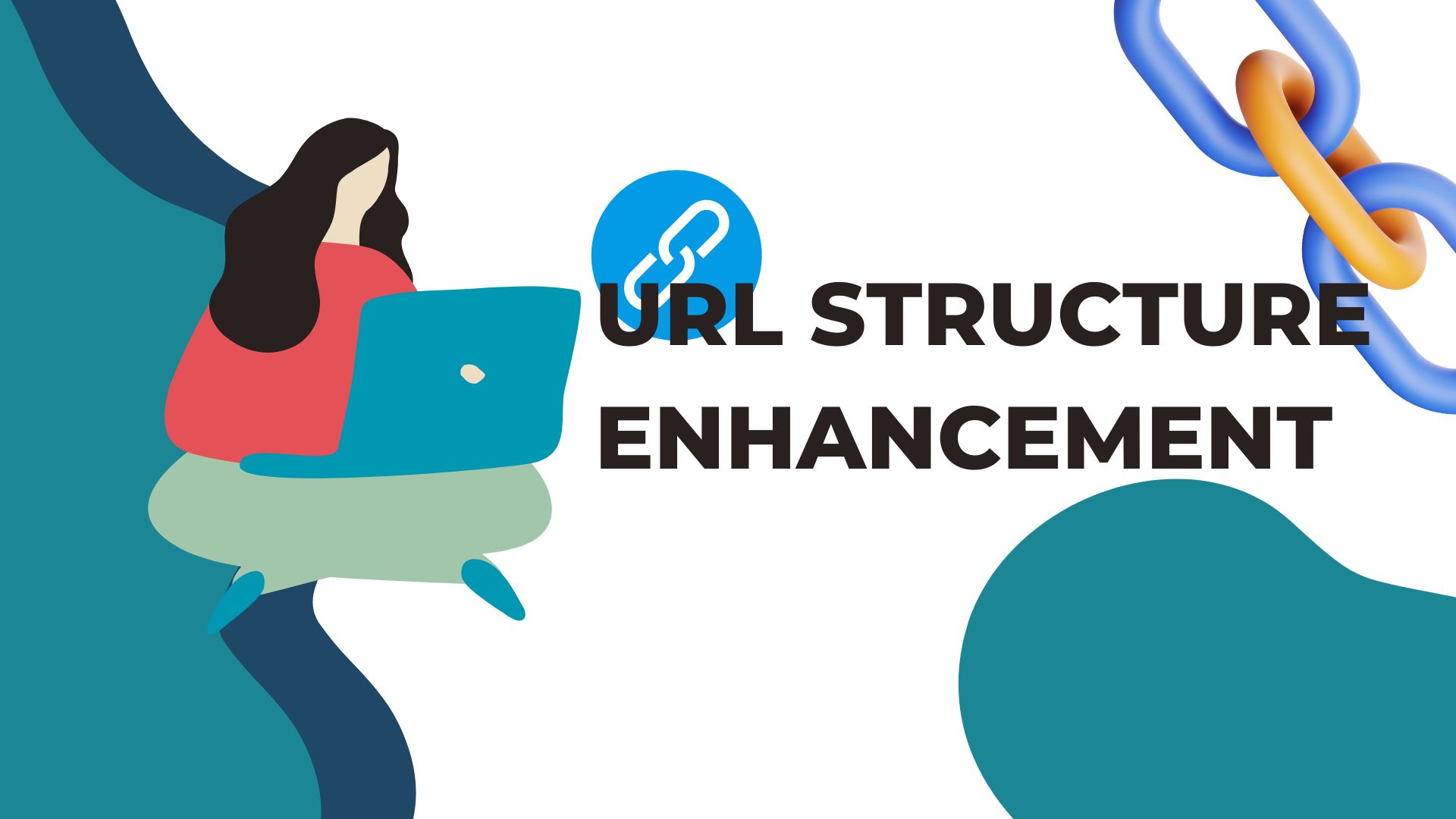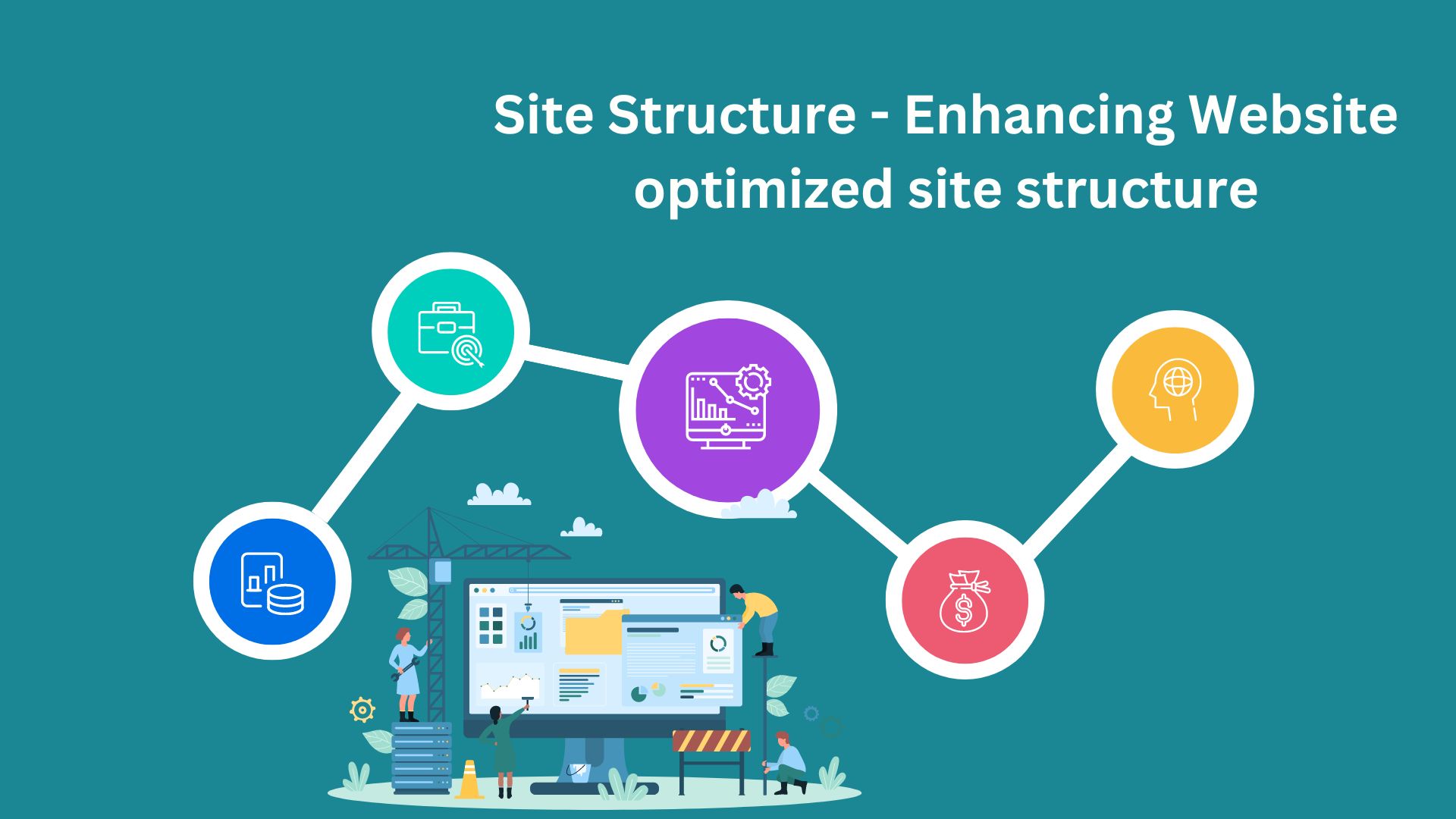Optimizing Internal Linking Structure for Enhanced Website Performance
Internal linking, a fundamental aspect of website optimization, holds immense significance in bolstering a website’s performance across search engines. Crafting a meticulous strategy to optimize internal linking is a game-changer when it comes to elevating your site’s visibility and usability. Let’s explore the core strategies that can revolutionize your website’s internal linking structure.
Comprehending the Power of Internal Linking
Internal links establish connections between various pages within the same domain, forming a web of connectivity that influences search engine crawlers and user navigation. These links are a conduit of link equity, directing both users and search engines to relevant content, thus playing a pivotal role in enhancing website authority and visibility.
Effective Internal Linking Strategies
In the realm of digital marketing and website optimization, effective internal linking strategies stand as the backbone of improved search engine visibility and enhanced user experience. Crafting a meticulous approach to internal linking is fundamental in elevating a website’s performance. Let’s delve into the core strategies that can significantly impact your website’s ranking and overall online presence.
Strategic Anchor Text Implementation
Strategic use of anchor text within internal links plays a pivotal role in guiding search engine crawlers and users alike. By utilizing descriptive and keyword-rich anchor text, we effectively communicate the relevance and context of linked pages. This strategic implementation not only enhances the understanding of content for search engines but also provides users with clear pathways to related information.
Hierarchical Content Organization
A well-organized hierarchical structure within a website streamlines internal linking. Categorizing content into sections and subsections enables logical connections between relevant pages. This structural organization not only aids users in navigating the website but also assists search engines in comprehending the depth and breadth of the content available.
Focus on Relevance and Context
Emphasizing relevance while establishing internal links is paramount. Linking pages that share thematic connections or offer supplementary information enhances the user experience. Maintaining contextual relevance in internal linking not only guides users to valuable content but also assists search engines in recognizing the thematic relationships between pages.
Improving Internal Site Navigation

Clear and Intuitive Navigation Menus
Implementing clear navigation menus is crucial for user experience. Intuitive dropdown menus, breadcrumb trails, and a user-friendly sitemap facilitate seamless navigation across different sections of the website.
Routine Link Audits and Maintenance
Regular audits to ensure the functionality and relevance of internal links are imperative. Addressing broken links, updating outdated references, and assessing the effectiveness of existing links contribute to a seamless user experience and a robust SEO strategy.
Improving Internal Site Navigation for Enhanced User Experience
Internal site navigation stands as the cornerstone of an exceptional user experience and plays a pivotal role in the overall performance of a website. Crafting a seamless navigation system is crucial in ensuring users can effortlessly explore the content they seek. Let’s delve into the strategies and methods that pave the way for enhancing internal site navigation.
The Significance of Intuitive Navigation
Internal site navigation refers to the structure and tools implemented within a website that assists users in moving between different pages and sections. It significantly influences user engagement, retention, and ultimately, the success of the website. An intuitive navigation system enhances user satisfaction, reducing bounce rates and encouraging prolonged visits.
Strategies to Enhance Internal Site Navigation

Clear and Intuitive Menus
Implementing clear navigation menus is pivotal for user experience. Dropdown menus, strategically placed links, and a well-organized menu layout facilitate seamless movement across various sections of the website. It provides users with a clear pathway to access the desired content effortlessly.
Breadcrumb Trails for User Guidance
Incorporating breadcrumb trails aids users in understanding their location within the website’s hierarchy. These navigational aids provide a clear pathway back to previously visited pages and assist users in comprehending the website’s structure, enhancing their browsing experience.
User-Friendly Sitemaps
A comprehensive sitemap acts as a roadmap for users and search engines, offering an overview of the website’s structure and content hierarchy. It enables users to locate specific pages quickly and provides search engines with valuable information for indexing, thereby improving overall visibility.
Interactive Search Functionality
Integrating a robust search function empowers users to find content swiftly by typing specific keywords or phrases. An effective search feature enhances user convenience, enabling them to bypass the hierarchical structure and directly access desired information.
Optimizing for Mobile Responsiveness
Ensuring seamless navigation on mobile devices is imperative in the digital age. Websites must be optimized for various screen sizes to offer a consistent and intuitive user experience across all devices, fostering user engagement and satisfaction.
Final Thoughts:
Implementing effective internal linking strategies is vital for optimizing a website’s performance. By strategically employing anchor texts, organizing content hierarchically, and emphasizing relevance in internal linking, we foster an environment that enhances user experience and boosts search engine rankings.
Improving internal site navigation is integral to delivering a user-centric website experience. By implementing clear navigation menus, breadcrumb trails, user-friendly sitemaps, interactive search functionality, and optimizing for mobile responsiveness, we create an environment that enhances user satisfaction and engagement.


